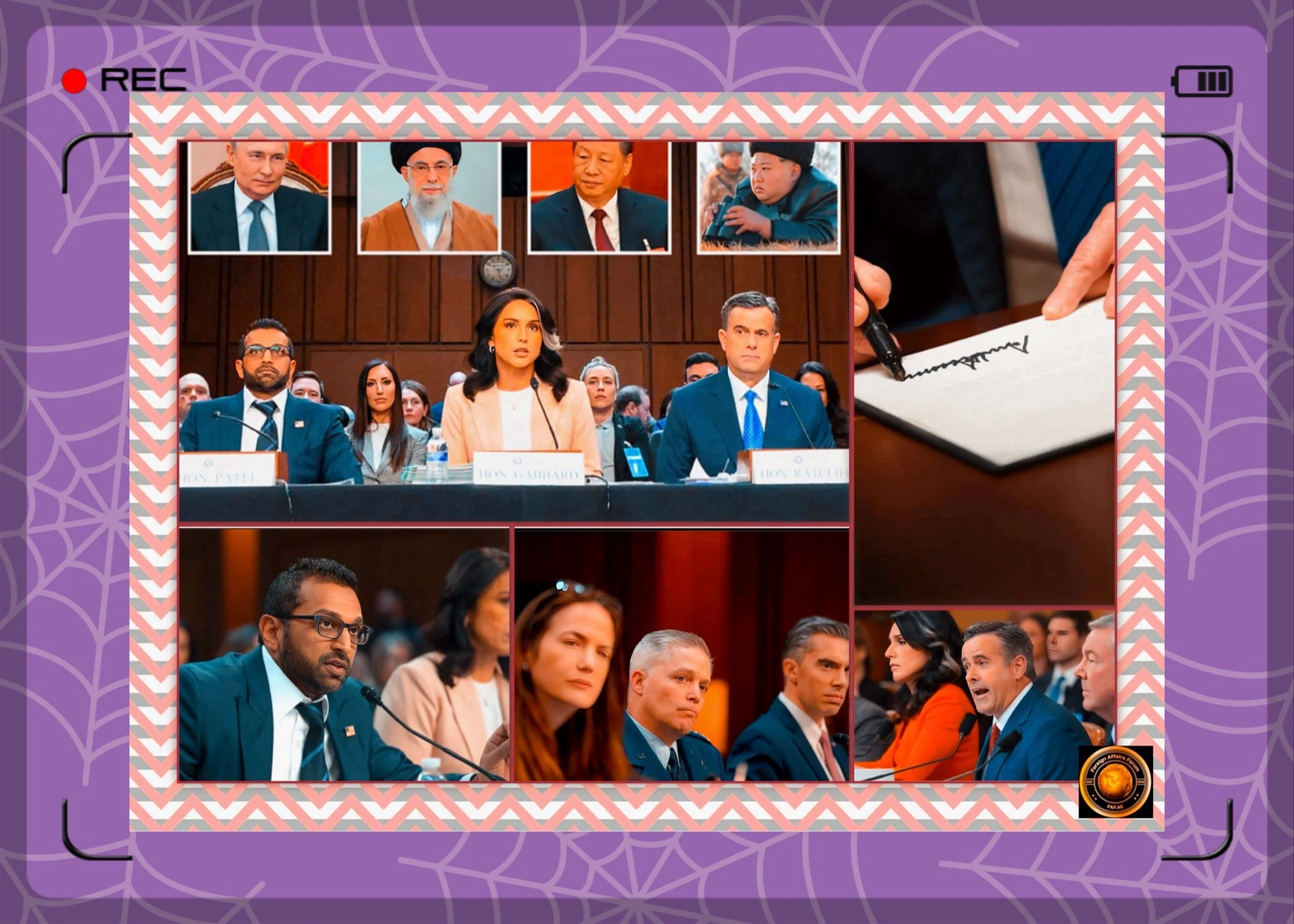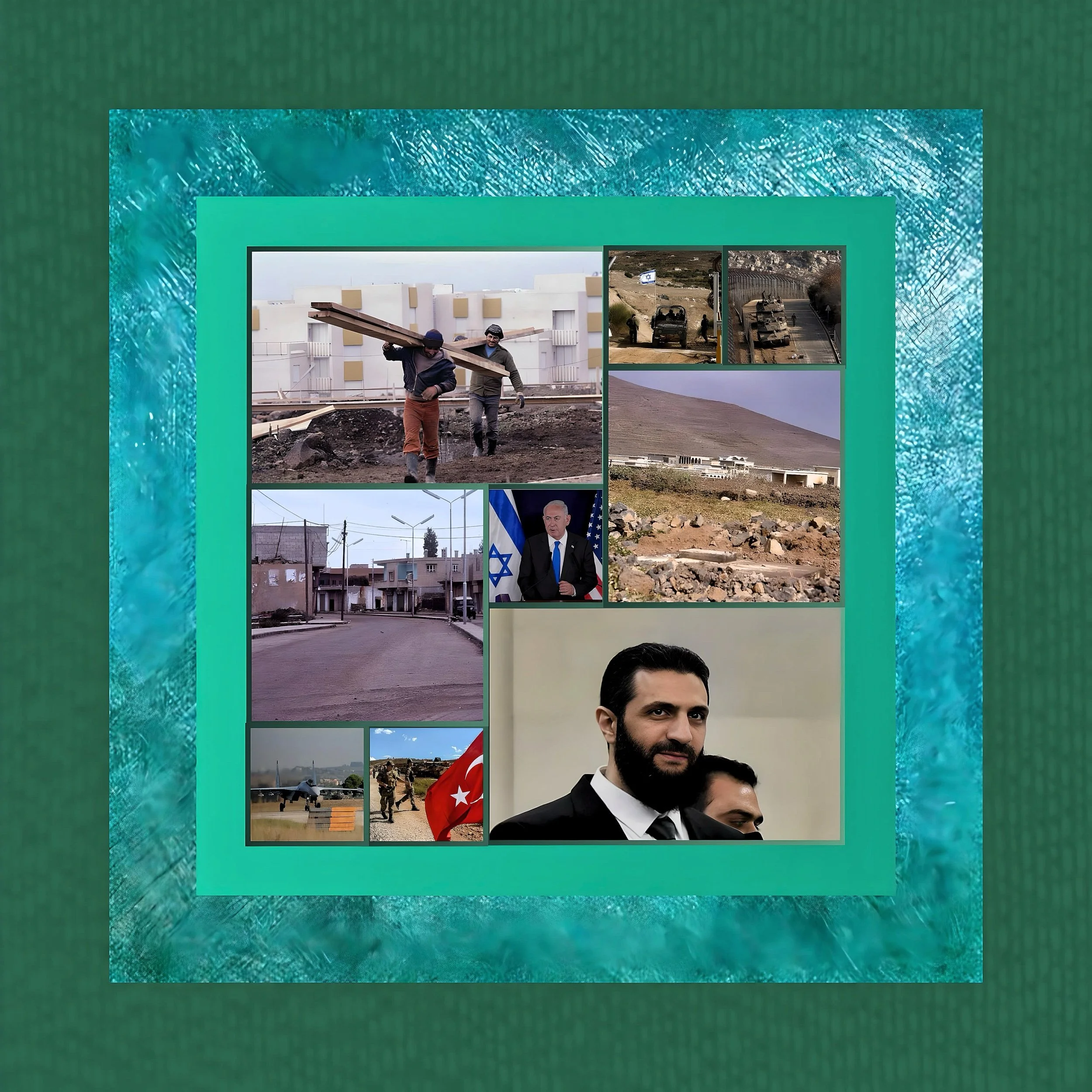Israel’s Military Presence in Syria: Expansion, Legal Concerns, and Parallels with Gaza
Introduction
Israel’s military actions in Syria following the collapse of the Assad regime have raised significant concerns about territorial expansion, violations of international law, and regional security implications.
What began as a purportedly temporary security measure has evolved into an extended occupation with no precise end date, prompting comparisons to Israel’s ongoing operations in Gaza.
Historical Context of Israel-Syria Relations
The relationship between Israel and Syria has been marked by territorial disputes since the 1967 Six-Day War when Israel captured the Golan Heights.
Under the Israeli military administration, the area was integrated into Israel’s communications and financial framework, and in 1981, Israel unilaterally annexed the territory.
The international community has rejected this annexation, with the United Nations declaring it “null and void and in flagrant violation of international law.”
For decades, a demilitarized buffer zone patrolled by UN peacekeepers separated Israeli and Syrian forces under the 1974 disengagement agreement.
This arrangement, while tense, provided a measure of stability along the border until the outbreak of the Syrian civil war and the subsequent fall of the Assad regime in December 2024.
From Buffer Zone to Occupation
On December 8, 2024, Israel launched a military operation into the buffer zone adjacent to the Israeli-occupied Golan Heights, codenamed “Operation Arrow of Bashan.”
Initially described by Israeli officials as a temporary security measure necessitated by the power vacuum following Assad’s fall, the operation has since expanded significantly both in scope and stated duration.
By February 2025, Israeli Army Radio reported that the military had established at least nine army posts in Syria and planned to maintain its presence throughout 2025.
This expanded military footprint now involves three entire brigades, substantially increasing from the one-and-a-half battalions stationed in the area before October 2023.
Israel’s Strategic Objectives in Syria
The Israeli Defense Forces (IDF) received four primary strategic objectives from Defense Minister Israel Katz in the immediate term:
To secure complete control over the buffer zone and nearby strategic positions
To establish a security zone extending beyond the buffer zone
To prevent Iranian arms smuggling routes to Lebanon through Syrian territory
To destroy strategic heavy weapons systems throughout Syria
These stated objectives have translated into extensive military operations, including hundreds of airstrikes across Syria targeting military bases, air defense systems, missile installations, and naval assets.
In March 2025, Israel conducted strikes on military bases in Tadmur and T4 in the province of Homs, claiming they targeted “remaining military capabilities” at these airbases.
Prime Minister Benjamin Netanyahu has expanded these objectives, demanding the “complete demilitarization of southern Syria” in the provinces of Quneitra, Daraa, and Suweyda and the withdrawal of Syrian forces from territory south of Damascus.
Israeli Defense Minister Israel Katz stated that forces would remain in southern Syria “for an indefinite period to protect our communities and thwart any threat.”
Legal Assessment of Israel’s Actions
Multiple legal and security experts have characterized Israel’s actions in Syria as violations of international law.
Andreas Krieg, a senior lecturer at King’s College London, stated that “Israel has severely infringed international law and not just by capturing Syrian land and illegally holding it,” but also by “using military force inside of Syria against targets that do not directly pose a threat to Israel at this point.”
The Arab Center Washington DC similarly assessed Israel’s behavior as “totally inconsistent with international law,” particularly since Syria’s new leadership under Ahmed al-Sharaa has publicly stated that the rebels do not intend to allow Syrian territory to be used to attack Israel.
Despite these assurances, Israeli operations have continued unabated.
Israel’s unilateral abrogation of the 1974 disengagement agreement with Syria, its occupation of the buffer zone, and its military operations beyond established boundaries violate fundamental principles of international law, including:
The UN Charter’s prohibition on the acquisition of territory by force
The Fourth Geneva Convention regarding occupied territories
The Hague Convention’s regulations on military occupation
The United Nations Disengagement Observer Force (UNDOF) has expressed concern about Israel’s actions, stating: “Since 07 December, UNDOF has observed a significant increase in Israel Defense Forces movements within the area of separation and along the ceasefire line.
UNDOF has informed its Israeli counterparts that these actions constitute a violation”.
Comparing Actions in Syria and Gaza
Israel’s approach in Syria bears striking similarities to its operations in Gaza, suggesting a broader pattern of territorial control and military governance.
In both cases, security concerns have been cited as justification for extensive military operations with significant humanitarian consequences.
In Gaza, following the end of a two-month ceasefire in March 2025, Israel has resumed intensive military operations, with reports indicating plans to occupy the territory fully, establish a military rule, and confine Palestinians to restricted “humanitarian zones.”
Recent operations have involved encircling entire neighborhoods like Tel-Sultan in Rafah, forcing mass evacuations of civilians.
Similarly, in Syria, satellite images and local reports indicate that Israel is establishing control over territory, constructing new roads and buildings, preventing farmers from accessing their land, and detaining local civilians.
In some cases, the Israeli army has offered to provide water, food, power, and jobs to local villagers, suggesting a long-term approach to territorial control.
Humanitarian Implications
The humanitarian implications of Israel’s actions in both territories are severe. In Gaza, a complete blockade on humanitarian aid since early March 2025 has created dire shortages of food, water, and medical supplies.
The death toll has exceeded 50,000 Palestinians, with hundreds more killed since hostilities resumed in March.
In Syria, while the humanitarian situation has not reached the same level of crisis, Israel’s military operations have caused civilian casualties and displacement.
On March 25, 2025, local authorities reported that Israeli shelling had killed at least five people in Kuya village near Daraa, with residents fleeing the Israeli fire.
International Response
The international response to Israel’s actions in Syria has been mixed. The European Union’s foreign policy chief, Kaja Kallas, warned during a March 2025 visit to Jerusalem that Israeli strikes on Syria and Lebanon were threatening to worsen the regional situation, stating: “Military actions must be proportionate, and Israeli strikes into Syria and Lebanon risk further escalation.”
Kallas further noted: “We feel that these things are unnecessary because Syria is right now not attacking Israel, and that feeds more radicalization that is also against Israel.”
Despite these concerns, concrete international action to address Israel’s violations has been limited.
Some analysts suggest this limited response enables Israel’s actions. Assal Rad told Anadolu that “Israel has continued to carry out this decades-long occupation of all of these territories because essentially it faces no consequences in terms of international law or consequences because of its patronage by the United States, which makes sure that there is no accountability for Israel’s actions.”
Implications for Regional Stability
Israel’s expanding military presence in Syria carries significant implications for regional stability.
Military strategist Andreas Krieg warns that while Israel’s approach may yield positive short-term results, it won’t lead to long-term security: “Israel sees itself as still surrounded by enemies…So there is no trust…and instead of engaging with Syria’s new leadership, Israel is again betting on confrontation”.
This confrontational approach may ultimately prove counterproductive, as it has already led to the formation of at least one resistance group in southern Syria, calling itself “The Islamic Resistance Front in Syria - Great Might,” with the stated goal of fighting Israeli soldiers in their country.
Conclusion
Israel’s military actions in Syria following the Assad regime’s collapse reflect a pattern of territorial expansion under the guise of security concerns.
What began as a purportedly temporary operation has evolved into an extended occupation with no precise end date, raising significant legal and humanitarian concerns.
The parallels between Israel’s approaches in Syria and Gaza suggest a consistent strategy of military control and territorial expansion, regardless of the specific security context.
International law experts consistently assess these actions as violations of fundamental legal principles, yet meaningful international accountability remains elusive.
As Israel continues to expand its military presence in Syria and demand the demilitarization of Syrian territory, questions about its long-term intentions and the implications for regional stability will only grow more pressing.
The gap between Israel’s stated temporary security objectives and its actions on the ground undermines trust in its claims and raises concerns about permanent territorial expansion contrary to International law.






